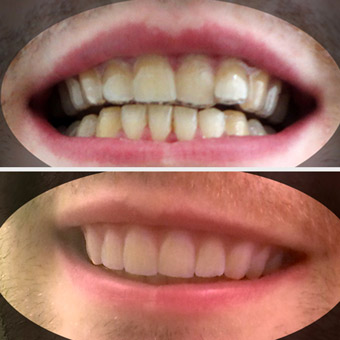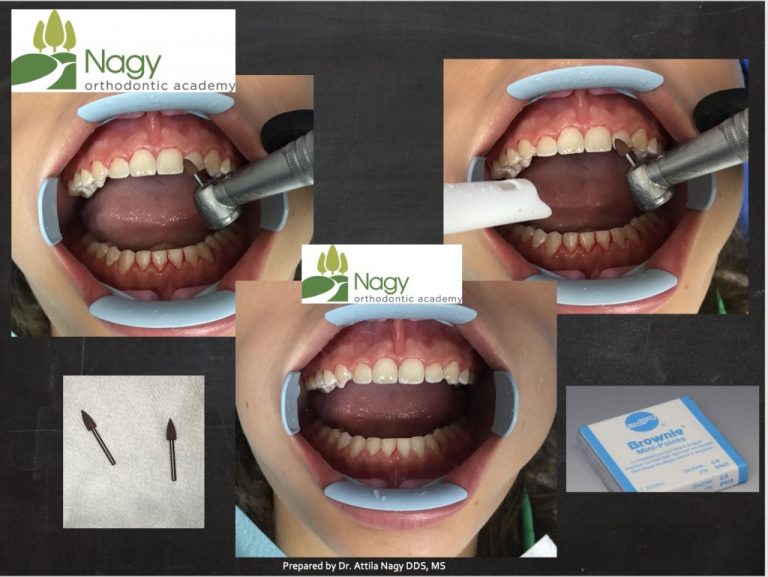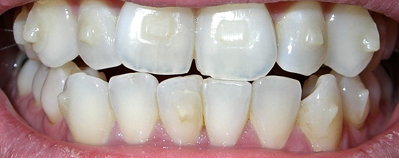Make Your Own Invisalign: DIY Clear Aligners Guide
Last Updated on 4 months by DR. ALBIN SIPES
Creating your own Invisalign aligners at home is not recommended. Proper orthodontic treatment requires professional supervision for safety and effectiveness.
Invisalign is a popular teeth-straightening solution that uses clear aligners to gradually shift teeth into the desired position. Unlike traditional braces, Invisalign aligners are removable and virtually invisible, making them an appealing option for many. To achieve the best results, individuals should consult an orthodontist.
Professionals use advanced technology to create custom aligners tailored to each patient’s needs. While DIY options may seem tempting, they often lack the precision and expertise required for effective treatment. Investing in professional Invisalign ensures a healthier, straighter smile in a safe and controlled manner, ultimately leading to better dental outcomes.
The Rise Of Diy Dental Treatments
The trend of DIY dental treatments is growing quickly. Many people want to save money and time. Home orthodontics is now popular among adults and teens. They find it convenient to use at home.
Making your own Invisalign can seem fun. It offers a chance to fix teeth without visiting the dentist often. Yet, this approach carries risks.
| Risks | Rewards |
|---|---|
| Improper fitting can cause damage. | Cost savings can be significant. |
| Teeth may shift incorrectly. | Convenience of at-home treatment. |
| Potential for gum issues. | Control over the process. |
What Are Clear Aligners?
Clear aligners are a popular alternative to traditional braces. They are made from a thin, clear plastic that fits over the teeth. Many people prefer them because they are less noticeable.
Traditional braces use metal brackets and wires. They can be uncomfortable and require regular adjustments. Clear aligners are removable, making it easier to eat and clean your teeth.
| Feature | Traditional Braces | Clear Aligners |
|---|---|---|
| Appearance | Metallic and visible | Clear and discreet |
| Comfort | Can cause irritation | Generally more comfortable |
| Removability | Fixed in place | Removable for eating |
Aligners help move teeth gradually. They are custom-made for each person. Regularly changing aligners leads to effective teeth straightening.
Materials Needed For Diy Clear Aligners
To make your own Invisalign, choose the right plastic. The material should be clear and flexible. Look for thermoplastic sheets, which are easy to mold. Polycarbonate and PETG are popular choices for DIY aligners.
Tools for molding and shaping are essential. You will need a heat source to soften the plastic. A heat gun or boiling water works well. Use a molding tray to shape the plastic around your teeth. Dental putty can help create a custom fit.
Keep safety in mind. Use gloves when handling hot materials. Ensure all tools are clean to avoid infections. Always consult with a dentist before starting any DIY project.

Credit: www.youtube.com
Creating Impressions Of Your Teeth
Creating accurate dental impressions is crucial for your Invisalign journey. Follow these simple steps for the best results:
- Gather all necessary materials, including impression trays and dental putty.
- Mix the dental putty according to instructions.
- Fill the impression tray evenly with the mixed putty.
- Carefully place the tray in your mouth and bite down gently.
- Hold the tray in place for the recommended time.
- Remove the tray and check for clear impressions.
Avoid these common pitfalls to ensure success:
- Do not rush the mixing of dental putty.
- Avoid overfilling the impression tray.
- Ensure you bite down evenly to avoid distortion.
- Check for bubbles in the impressions.
- Follow all instructions carefully for best results.
Crafting The Aligners
To make your own Invisalign, start by cutting the aligner tray. Use sharp scissors for a clean cut. Make sure to follow the mold outline closely. This ensures a proper fit for your teeth.
Next, shape the aligner tray. Gently bend the edges to match your gum line. This helps in creating a comfortable fit. Smooth any rough edges with a file or sandpaper.
Finishing touches are key for comfort. Check for any sharp points that may irritate your mouth. A smooth, well-fitted aligner will make wearing it much easier.
Safety Considerations
Creating your own Invisalign can lead to health risks. Improper use may cause gum irritation or tooth damage. It’s important to understand these potential issues before proceeding.
Common signs that professional help is needed include:
- Severe pain in your teeth or gums.
- Persistent discomfort that lasts over a few days.
- Visible damage to your teeth or aligners.
- Difficulty in wearing the aligners properly.
Seeking help from a dentist ensures your safety and health are prioritized. Regular check-ups can also help avoid complications.
Wearing Your Diy Aligners
Wearing your DIY aligners requires careful attention. Duration of wear is crucial for success. Aim for 22 hours a day for best results. Remove them only for eating and cleaning.
Proper care of aligners helps maintain their effectiveness. Clean them daily with a soft brush and mild soap. Avoid hot water as it can warp the material.
Monitoring progress is essential. Check your teeth every week for changes. Take photos to track your journey. If teeth aren’t moving as planned, adjustments may be necessary.
Consult with a dentist periodically. They can provide valuable insights and ensure a healthy path. Remember, patience is key for a perfect smile.

Credit: money.cnn.com
Comparing Diy To Professional Treatments
Choosing between DIY and professional Invisalign treatments can be tricky. DIY options often seem cheaper. Yet, they may lack the expertise needed for effective results.
Professional treatments come with a higher price tag. They ensure better quality and customization. Aligners are designed by experienced professionals. This leads to more effective teeth straightening.
Here’s a quick cost-benefit analysis:
| Option | Cost | Effectiveness |
|---|---|---|
| DIY Invisalign | Lower cost | Varies greatly |
| Professional Invisalign | Higher cost | Consistent results |
Investing in professional treatments often leads to better outcomes. Aligners from professionals provide a tailored fit for your needs.
Legal And Ethical Implications
Creating your own Invisalign raises important legal and ethical questions. Understanding the regulations on dental devices is crucial. These rules ensure safety and effectiveness for patients.
Many countries have strict guidelines for dental products. These rules protect consumers from harmful or ineffective devices. The FDA in the U.S. monitors dental devices closely.
The debate over patient autonomy is significant. Patients want the freedom to choose their treatment. However, safety must always come first. Balancing these interests is essential for ethical practice.
Future Of Personalized Orthodontics
Personalized orthodontics is changing rapidly. Technological advances make treatments better and faster. 3D printing allows for custom aligners that fit perfectly. This means more comfort and efficiency for patients.
Artificial intelligence helps create treatment plans tailored to each person. Dentists use advanced imaging to see teeth in detail. This leads to better outcomes and fewer visits to the office.
The role of professional dentistry is crucial. Trained professionals ensure that each patient gets the right care. They monitor progress and adjust plans as needed. This teamwork between technology and dentists brings great results.

Credit: www.core77.com
Conclusion
Creating your own Invisalign can be an exciting journey. It empowers you to take control of your dental health. Remember to follow the proper steps for the best results. With patience and care, a beautiful smile is within reach. Invest time in your treatment for lasting confidence and satisfaction.


